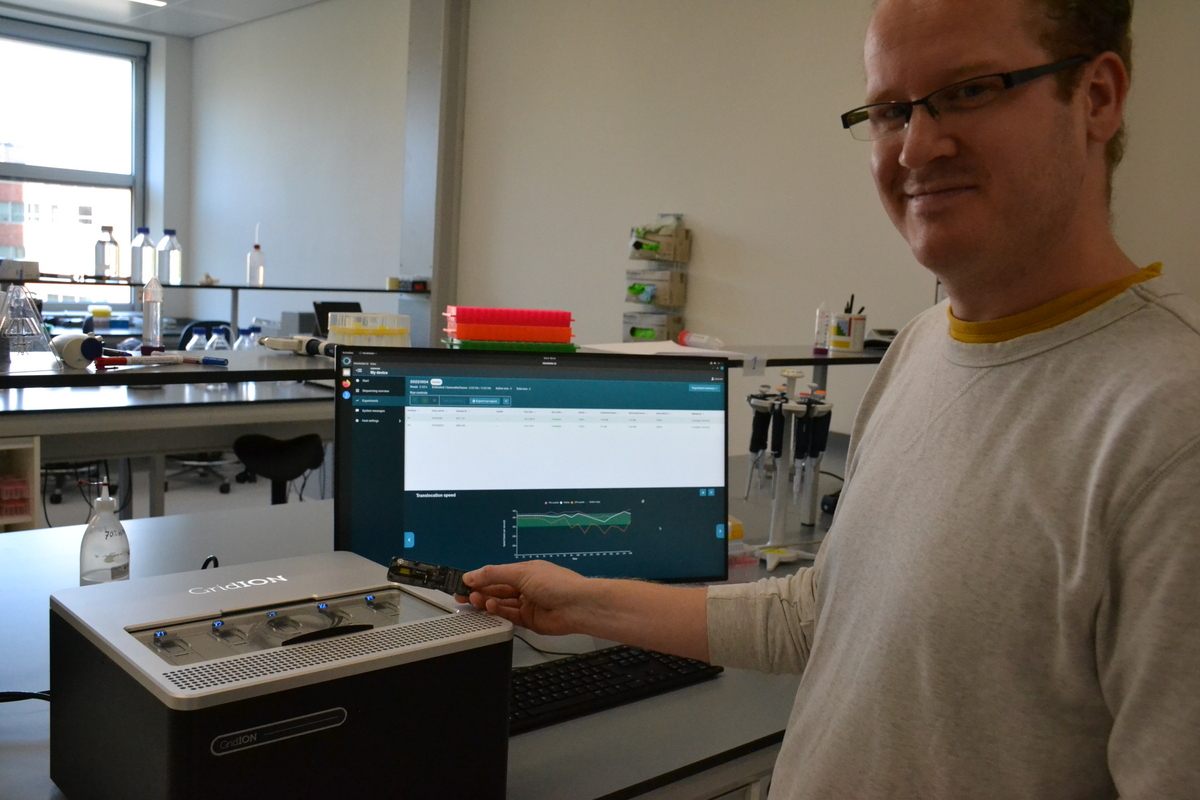The Green Planet Monitor

Green Planet Monitor Podcast
Bacteria are Earth’s most ancient creatures, and there are lots of them, with a total mass a thousand times more than all humans. Those microbes make planet Earth go round. Some of them are dangerous pathogens. Most of them aren’t.
Indeed, some bacteria are great kitchen companions. Anna Sigrithur has been fermenting food and drinks for years. When Anna isn’t chopping up cabbage or pine cones, setting them up to ferment, she’s studying fermentation culture at Concordia University, in Montreal.

Anna Sigrithur preparing Nordic fermented feast. (Kate Sjoberg)
Listen to our conversation with Anna Sigrithur in today’s podcast. Click on the audio link above, or subscribe to the GPM Podcast right here.

Since the dawn of civilization, nothing has fascinated humans more than the diversity of life around them. Aristotle was among the first natural historians. Naturalis Historia, by Pliny, is the Roman Empire’s largest surviving work.
The collection, description and preservation of living things has come a long way since then. Today, biologists use fancy tools to collect creatures, and DNA barcoding technology to identify them. At the Naturalis Biodiversity Center, in the Dutch city of Leiden, a group of natural historians and molecular biologists have set out to identify all species of multicellular life in this sea-bound nation, and to systematically define them, based on their DNA barcodes.
DNA barcodes are small fragments of DNA characteristic of one or another species. A half-dozen standardized barcodes exist for different groups of organisms. COX1 is used to identify animals. Botanists use a chloroplast gene. The ‘Internal Transcribed Spacer,” or ITS barcode, is used to identify fungi. Bacteria have their own barcodes too. Within any broad group, that standard barcode varies from species to species. A digital device reads it, just like a supermarket scanner reads the barcode on a can of soup or a roll of toilet paper. Predictably, DNA barcode readers are getting small.
Barcode readers at Naturalis are the size of standard computer printer.

Kevin Beentjes and his DNA barcode reader (David Kattenburg)
Earth’ surface is a little over one degree warmer today, on average, than it was at the start of the industrial revolution 200 years ago. That doesn’t seem like much. Under the Paris Agreement, governments agreed to limit temperature rise to two degrees. At present emission rates, that target will likely be exceeded.
In a landmark report published in the prestigious Proceedings of the National Academy of Scientists, back in 2018, researchers warned that a two degree rise in global surface temperature may actually exceed a critical planetary threshold, pushing Earth down a cascade of tipping points into “hothouse” mode, unlike anything this third rock from the sun has experienced since the mid-Miocene epoch, fifteen million years ago.
I spoke with the lead author of that report, Will Steffen.

Stability landscape for Earth system out of the Holocene (PNAS, used with permission)
Will Steffen was an eminent Earth system scientist. A native of Norfolk, Nebraska, Steffen emigrated to Australia in the 1970s, where he took up a position at the Australian National University in Canberra. Steffen served as the Executive Director of the International Geosphere–Biosphere Programme, a ground-breaking initiative aimed at studying the chemical, physical and biological processes governing Earth as system. His name came to be associated with a host of ideas about our planet, and humanity’s fate. Planetary Boundaries; Safe Operating Space. Steffen’s Great Acceleration curves helped corroborate the idea, first proposed by Paul Crützen, that Earth has entered a new Epoch, the Anthropocene. Will Steffen passed away in January 2023.






 Visit Podcast Website
Visit Podcast Website RSS Podcast Feed
RSS Podcast Feed Subscribe
Subscribe
 Add to MyCast
Add to MyCast